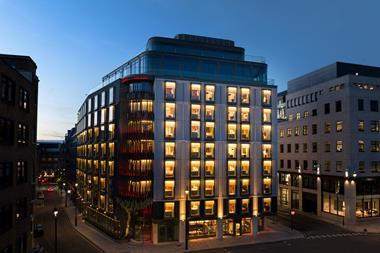Investment turnover in the European retail market has fallen 55% since April 2008, according to a a new report by Savills. The international adviser attributed the decline to limited liquidity and the mismatch between buyer and seller expectations on pricing.
Investment turnover in the European retail market has fallen 55% since April 2008, according to a a new report by Savills. The international adviser attributed the decline to limited liquidity and the mismatch between buyer and seller expectations on pricing.
The highest outward yield shift was recorded in Dublin which saw shopping centre stock rise 325 basis points (bps) and retail parks up 275 bps over the 12-month period. Madrid reported rises of 200 bps and 225 bps for shopping centre and retail parks respectively and in London yields increased by 175bps for both property types. On average the sector has witnessed a 130 bps correction compared to the same time period last year, with shopping centres now yielding 6.5% and retail parks 7.1%.
Savills anticipates new retail development scheme completions will drop by between 20-60% in 2009 as a result of the limited availability of finance as well as developer reluctance to complete schemes.
Discount and value retailers are expected to remain the focus for 2009 throughout the Eurozone as consumer and business sentiment indicators remain low, Savills said. A 1.4% drop in retail trade over the past 12 months is starting to translate in marginal rental falls, it added.
The annual retail report shows both shopping centre and retail warehousing rents have started falling since the end of 2008, mainly in markets that have experienced strong growth in recent years such as London, Istanbul, Barcelona and Madrid. Prime rents are on average approximately 6% lower compared than 12 months ago. Paris, Brussels, Amsterdam, Milan, Lisbon and Oslo are all showing relative stability, but secondary markets are seen being pressured.
Eri Mitsostergiou, associate director of Savills European research, says: 'The market is adapting to changing consumer behaviour, with retailers reviewing their business strategies, developers delaying new construction and investors attaching higher risk premium to retail investments. We believe that negative rental and capital value growth will ease in most markets until the end of the year for the prime segment of the market.'










